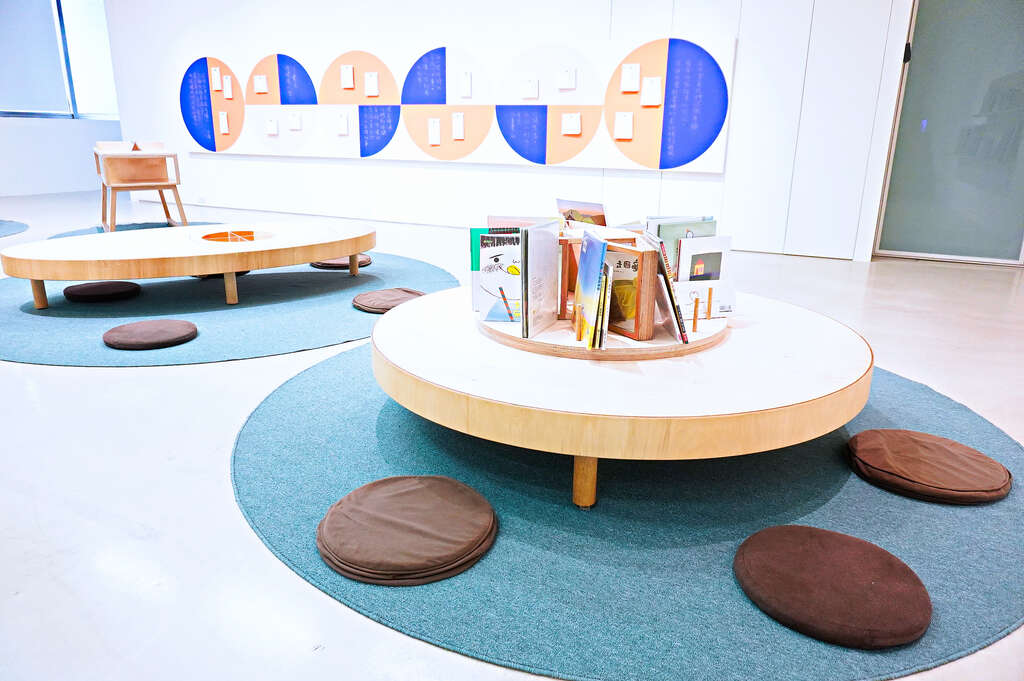Children's Art Education Center Introduction
After five years of preparation, the Children's Art Education Center, funded by the TSMC Cultural and Educational Foundation and supported by the Taipei City Government, officially began operations on Children's Day in 2014. It launched its inaugural exhibition, "Gift," to express its positioning: a gift for future generations. The visual signage design features geometric blocks stacked like building blocks, inspired by the tubular structure of the Taipei Fine Arts Museum; the window symbols imply that children's small curiosities drive them to peek at the sky from a corner of the window, leading them to explore a broader world. Based on the existing spatial conditions, the center transforms the space's periphery into its operational core while gradually incorporating contemporary art education thinking. In addition to emphasizing that learning is a vital core value, it aims to expand the definition of educational learning starting in 2015, which means creating new ways of knowledge production and museum experiences. The traditional functions of museums, focused on "objects," gradually evolve into a positioning centered on "people." The museum not only has a rich collection of art but also serves as a friendly space where viewers can enjoy art in their daily lives through leisure and social interaction. It further emphasizes participatory experiences, hoping that audiences learn through interacting and discussing with peers, sparking diverse possibilities in the visiting experience and developing a new relationship between the North Museum and its audience. Contemporary art encompasses a wealth of interdisciplinary knowledge and emphasizes critical thinking and social engagement. In 2016, the education planning at the Children's Art Center officially transformed from the concept of exhibitions into "educational programs," launching one to two programs annually that combine thematic displays and creative workshops, collaboratively curated by museum educators and contemporary artists. In the "educational programs," museum staff do not merely serve as mediators interpreting artworks but are also experience transformers; the role of artists is no longer just that of passive creators of works but can actively become constructors of learning experiences. On one hand, the educational programs at the Children's Art Center model artists, allowing children to understand a diverse world through artists’ perspectives, creative thinking, and problem-solving approaches. On the other hand, we invite artists to collaborate with staff to discuss and develop interactive installations for each educational program, transforming experiences from their works or those of other artists into learnable models, expanding audience participation from passive visual appreciation to involvement at the physical and perceptual levels. Through participation in educational programs, audiences will become active explorers uncovering the world, accumulating visual literacy and conceptual thinking skills. (Source: Children's Art Education Center)



























